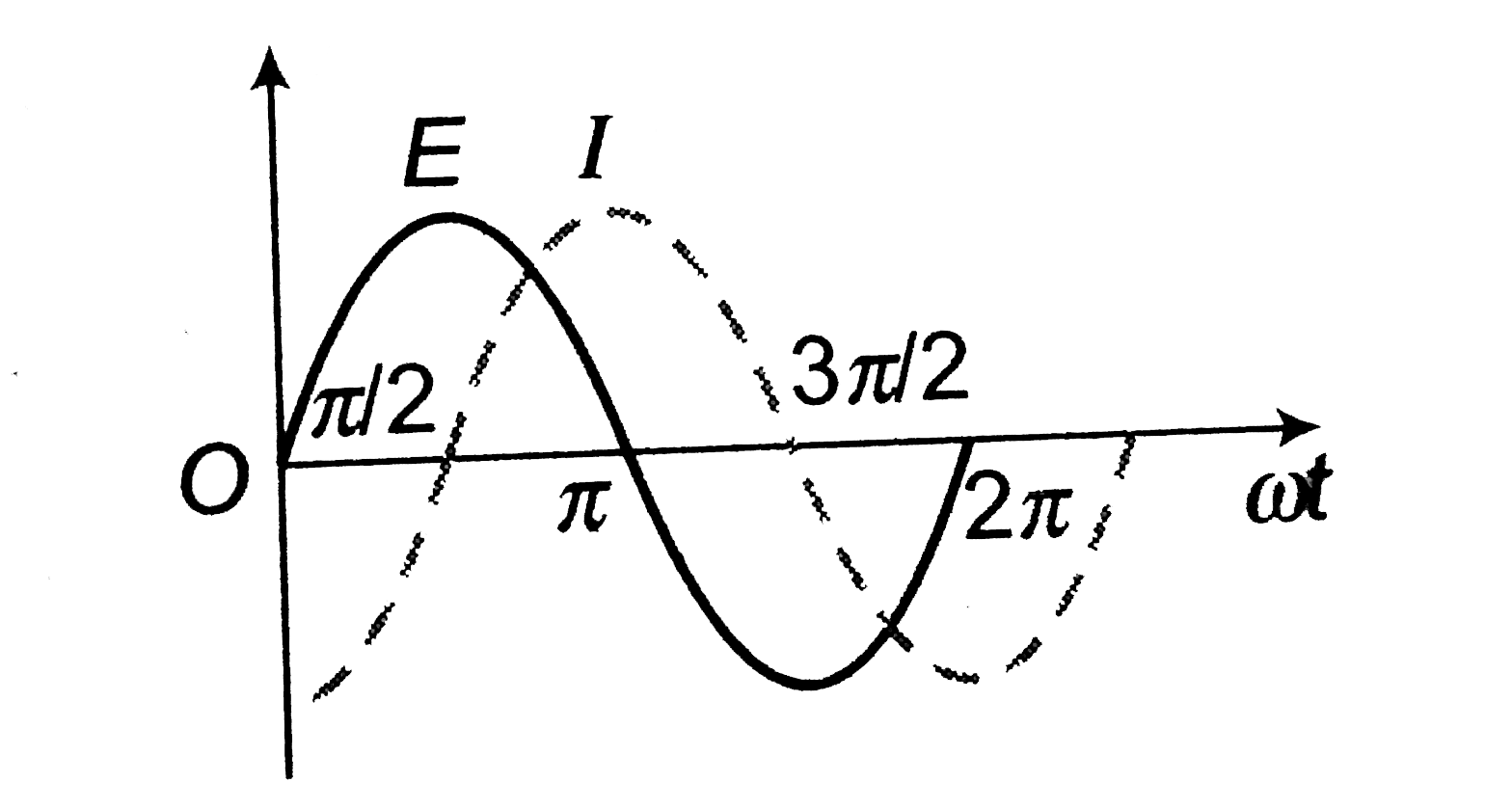Alternating current lead the applied e.m.f. by π2 when the circuit consists of –
only resistance
only capacitor
only an inductance coil
capacitor and resistance both
The correct Answer is:B
Step by step video, text & image solution for Alternating current lead the applied e.m.f. by pi/2 when the circuit consists of – by Physics experts to help you in doubts & scoring excellent marks in Class 12 exams.
Topper's Solved these Questions
- BOOK - MOTIONCHAPTER - ALTERNATING CURRENTEXERCISE - EXERCISE - 2 (LEVEL - I)19videos
ALTERNATING CURRENT
- BOOK - MOTIONCHAPTER - ALTERNATING CURRENTEXERCISE - EXERCISE - 2 (LEVEL - II)5videos
ALTERNATING CURRENT
- BOOK - MOTIONCHAPTER - ALTERNATING CURRENTEXERCISE - EXERCISE - 4 (LEVEL - II)14videos
ALTERNATING CURRENT
- BOOK - MOTIONCHAPTER - 10 ROTATIONALEXERCISE - Exercise - 4 (Level - II)49videos
10 ROTATIONAL
- BOOK - MOTIONCHAPTER - ATOMIC STRUCTURE & X-RAY EXERCISE - Exercise - 231videos
ATOMIC STRUCTURE & X-RAY
Similar Questions
An LCR series circuit has a resistance of 25 Ω and a reactance of 93.25Ω. If the reactance is capacitive, what is the phase angle between the current and applied emf ? Does the applied emf lag behind or lead the current ?
View SolutionIn an LCR circuit R=100Ω. When capacitance C is removed, the current lags behind the voltage by π/3. When inductance L is removed, the current leads the voltage by π/3. The impedance of the circuit is
View Solution
Knowledge Check
- Question 1 - Select One
Assertion: The alternating current lags behined the e.m.f. by a phase angle of π/2, when AC flows through an inductor.
Reason: The inductive reactance increases as the frequency of AC source decreases.AIf both the assertion and reason are true and reason is a true explantion of the assertion.BIf both the assertion and reason are true but the reason is not true the correct explantion of the assertion.CIf the assertion is true but reason falseDIf both the assertion and reason are false. - Question 2 - Select One
An LCR circuit is connected to a source of alternating current. At resonance, the applied voltage and the current flowing through the circuit will have a phase difference of
Aπ/4BzeroCπDπ/2 - Question 3 - Select One
The variation of the instantaneous current (I) and the instantaneous e.m.f (E) in a circuit is as shown in figure. Which of the following statement is correct?
 AThe voltage lags behind the current by π/2BThe voltage leads the current by π/2CThe voltage and the current are in phaseDThe voltage leads the current by π
AThe voltage lags behind the current by π/2BThe voltage leads the current by π/2CThe voltage and the current are in phaseDThe voltage leads the current by π
The phase diffenernce between the alternating current and emf is π2. Which of the following cannot be the constiuent of the circuit?
View SolutionAn A.C circuit contains a resistor 'R' an inductor 'L' and a capacitor 'C' connected in series. When it is connected to an A.C generator of fixed output voltage and varialbe frequency, the current in the circuit is found to be leading the applied voltage π4 read, when the frequency is f1. when the frequency of the generator increased to f2 the current is found to be lagging behind the applied voltage by π4 rad. The resonant frequency of the circuit is
View SolutionA series L-C-R circuit is connected to an alternating voltage source of frequecy f. If the current leads the e.m.f. By 45∘, then the value of C is
View SolutionAssertion (A) : when capacitive reactance is less than the inductive reactance in a series LCR circuit, e.m.f. leads the current.
Reason (R) : The angle by which alternating voltage leads the alternating current in series RLC circuit is given by tanφ=XL−XCR.View SolutionWhen an alternating voltage of 220V is applied across a device P, a current of 0.25A flows through the circuit and it leads the applied voltage by a angle π2 radian. When the same voltage source is connected across another device Q, the same current is observed in the circuit but in phase with the applied voltage. What is the current when the same source is connected across a series combination of P and Q?
View Solution

